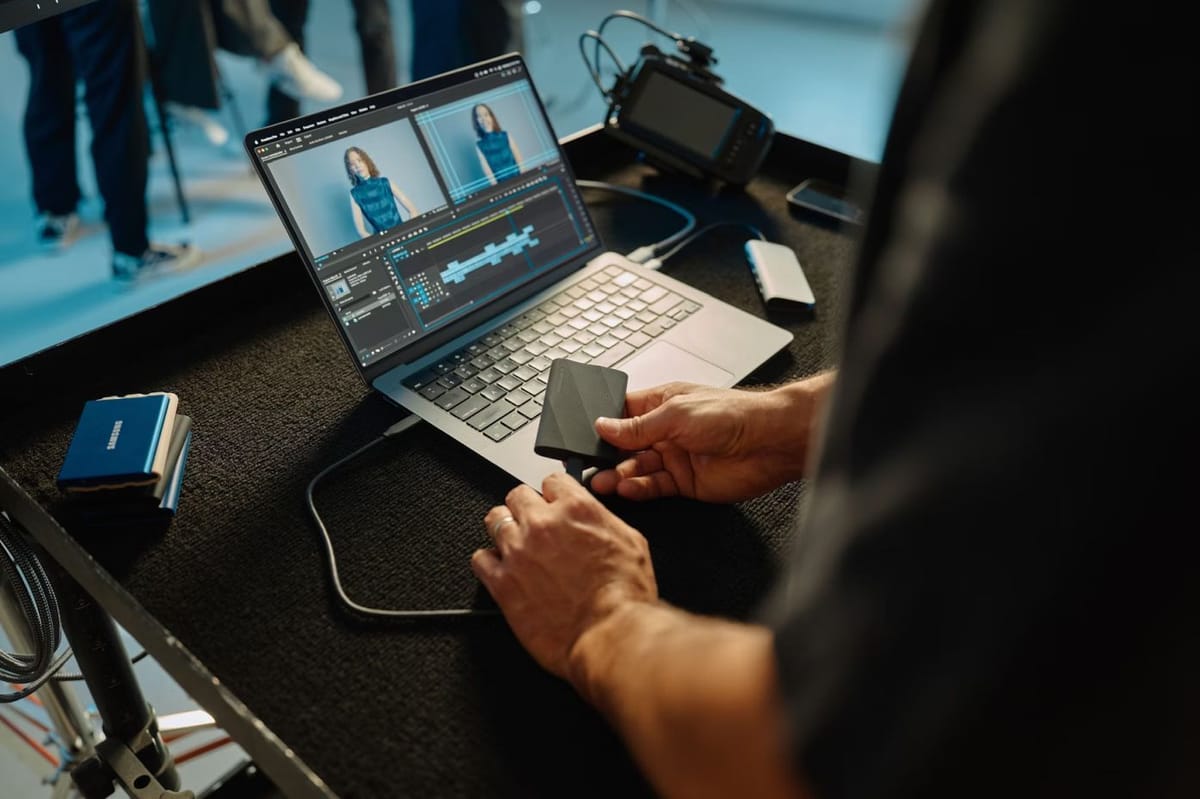Your deleted data is easily recovered - with the right tools
And some practical ways to keep your data from prying eyes.

Did you know: You can recover practically any 'deleted' data with enough effort? Here's how it works.
"Undeleting" data
More than a decade ago, I had my IT students take some fun photos in class using a digital camera. I then told them to delete the photos from the SD card.
In front of their disbelieving eyes, I recovered those photos and flashed them on the class projector. How was that possible?
Deleted but not forgotten
Ever wondered why it takes a long time to make a copy of a 1GB file but just a second to clear it from the recycle bin?
- Copying: Every single bit of the file must be created.
- Deleting: Only the reference to the file is removed.
All you need is an off-the-shelf 'recovery' tool to search the storage drive and piece the deleted references back using the other fragments.
Voila, your deleted file is back!
Cloud giants destroy storage drives
This is not a secret to the tech folks, who know that even broken hard disk drives can be disassembled and the data read directly from the platter.
This is why cloud giants will either send failed or obsolete storage drives back to the manufacturer or vendor for secure disposal.
This usually involves:
- Scrambling data drives with high power magnets.
- AND smashing it up into pieces.
Some like Google use a physical shredder where complete hard disk drives go in one end and come out in a hundred pieces on the other end.
What about the rest of us?
It's not always practical for the typical consumer to take a sledgehammer to their laptops though. Also, what if we want to give the laptop (or storage drive) to a relative or friend?
Well, awareness is an important first step.
Some quick tips to make it hard to access previously deleted stuff:
- Use a file 'shredding' software.
- Fill up the emptied drive with non-private data.
- Enable full disk encryption on laptop from the start.
Do you have any other quick tips to share?




